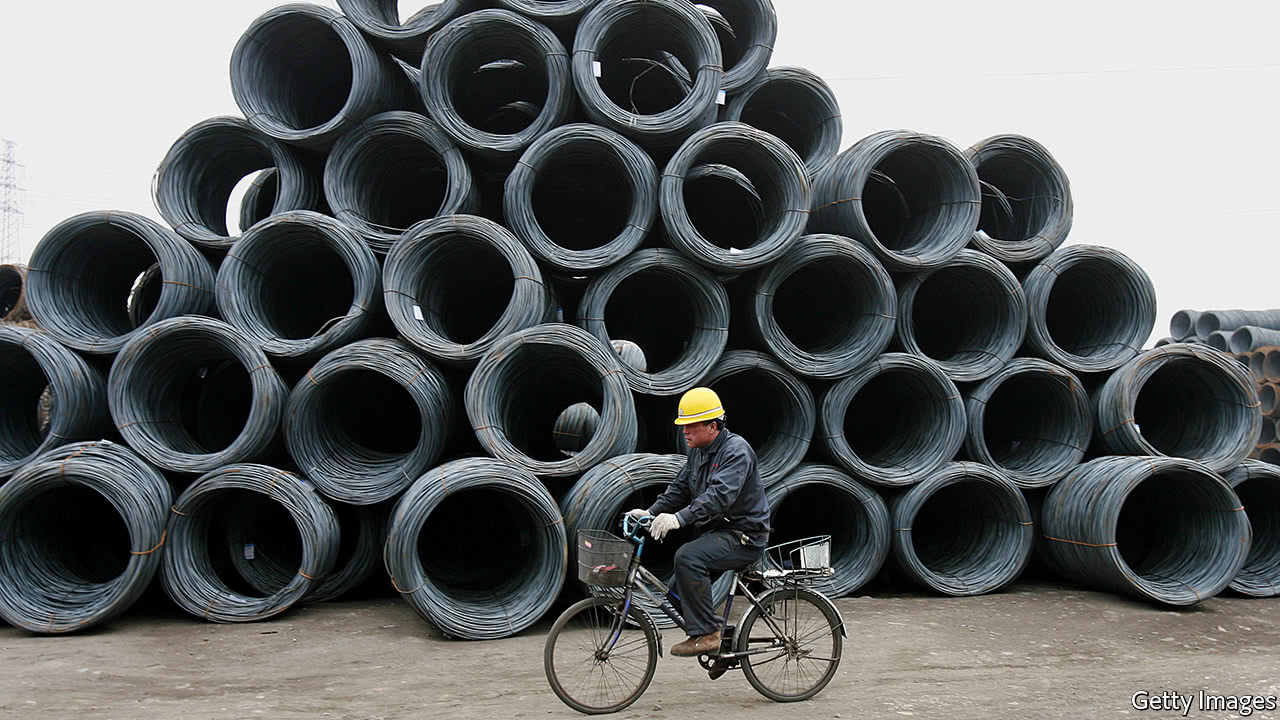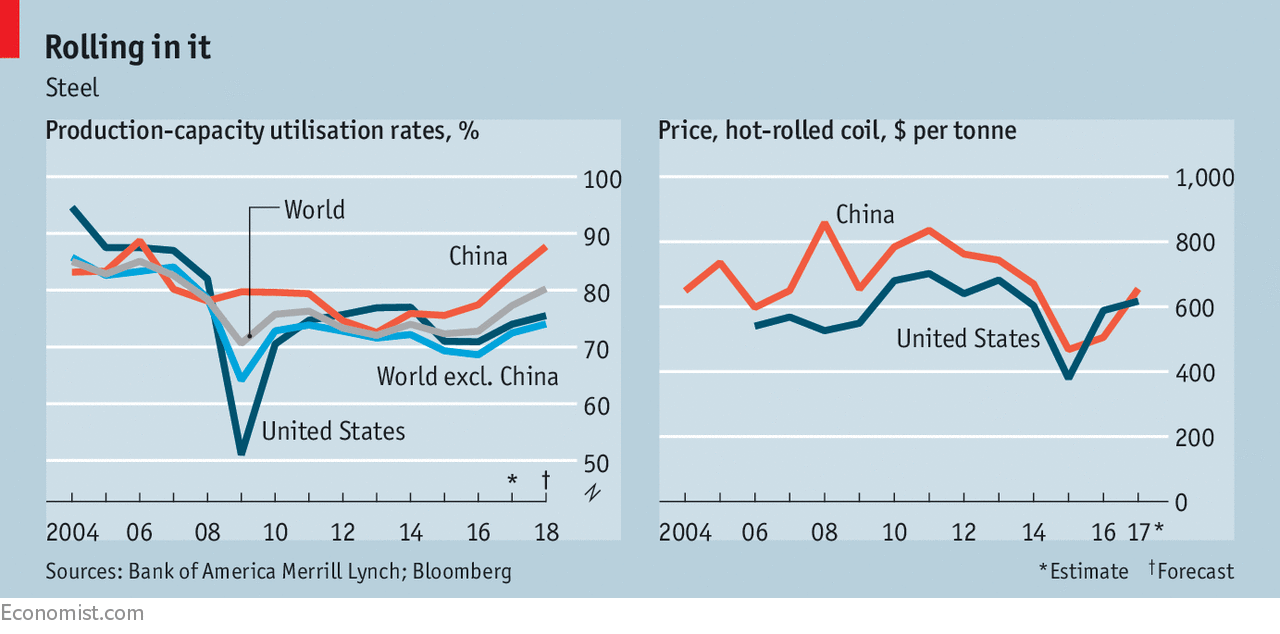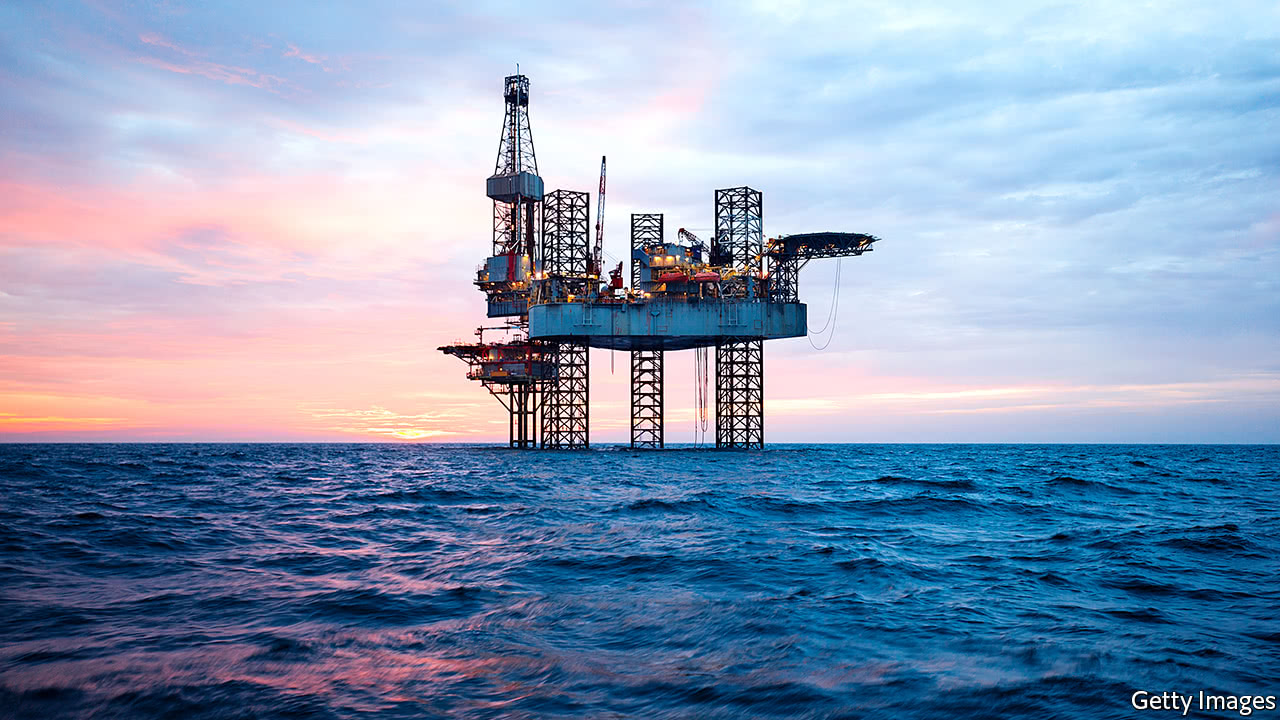
One of the topics that seems to be on the minds of investors right now is the idea of rising inflation. The recent global economic upturn, combined with a stimulative tax package, is causing some to believe that we’re about to see the whites of inflation’s eyes.
If that truly is the case, how should we handle this as investors? Should we move our portfolios into asset classes that have been deemed good “hedges” against inflation?
What I’d like to get across to you today is the idea that hedging for inflation cannot be looked at as an isolated investment factor, or objective. Inflation plays a very real role in how we should manage our portfolios, but it does not trump factors such as economic growth, monetary policy, or which portion of the business cycle we’re in. Hedging for inflation must be considered within the context of these and other factors.
In other words, it’s not as easy as just “buying gold.”
There are many ways to slice this topic but I want to begin by talking about correlations. Using historical returns for various asset classes, and data from the Consumer Price Index (CPI) or a similar inflation index, we can identify the basic correlations between different types of investments and inflation.
Vanguard was kind enough to compile the data for us, and created the informative chart below. This chart shows us – by asset class – what the expected return impact is of a 1% rise in inflation. Please note that in the chart, “cash” does not mean actual cash, but rather short term T-bills.
Okay, so what does this chart tell us? Based on historical data from 1970 - 2010, we can see that the two asset classes most positively correlated with inflation (look at the red bars) are commodity futures - #1 and gold - #2. Hence the widespread notion to own commodities and gold during periods of unexpected inflation.
Based on this, you might be tempted to shift your portfolio towards commodities and gold as inflation moves higher. But not so fast …
First, consider this. While these two asset classes have positive correlations with inflation over the long-run, those correlations break down in epic fashion during shorter time frames. For example, the price of gold in January of 1980 was $850. By early 2002, it had fallen to $293. During this 20+ year period, the average inflation rate was 3.9%.
So not only did gold investors experience a 65% drop in the nominal value of their investment during that period, but in terms of purchasing power, they lost about 85%. During that 20-year period, gold was an absolutely terrible hedge against inflation.
But, to be fair, there have been other periods during which gold has not only provided adequate inflation protection, but has provided exceptional positive real returns. So this is not to say that gold is a poor hedge against inflation (we can see in the chart above, it’s clearly not) only that other factors are often much more important determinants of investment returns.
What are some of these other factors? I mentioned a few of them above, and we’ll go into more detail in a moment, but first – let’s talk about stocks.
Many investment strategists will tell you that stocks are an excellent hedge against inflation. In fact, I’m actually one of those folks …
But wait, doesn’t that fly in the face of what the chart above tells us? Well, yes and no.
Just like there are multiple ways to skin a cat, there are multiple ways to analyze any given effect. Gold was a perfect example of this – over the 40 year period of data incorporated into the chart above (1970 – 2010), gold returns were positively correlated with inflation. But from 1980 – 2002? Absolutely not …
The same effect can be seen in stocks. According to Jeremy Siegel, professor at the Wharton School of Business, “Over 30-year periods, the return on stocks after inflation is virtually unaffected by the inflation rate.”
In other words, the real return that stocks have historically provided is relatively constant – you receive it regardless of what the inflation level is. As proof, Siegel points out that the real return on stocks during the inflationary postwar period is “almost exactly the same as it was in the 19th and 20th centuries when inflation was virtually nonexistent.”
The reason stocks act as a good hedge against inflation is because they are effectively claims on real assets, such as plant, property and equipment, which rise in value as general price levels rise. In addition, companies are often able to pass along cost increases to their customers, provided those increases are reasonable.
Keep in mind that the key word here is “reasonable.” With inflation levels around 2-3%, there’s a good chance stocks will continue to perform extremely well. But in the short-run, this dynamic shifts when inflation begins to hit 3-4% and beyond.
Stocks tend to lose their inflation hedging ability at these levels because high inflation expectations translate into higher interest rates in the economy. These higher interest rates, in turn, effectively reduce the present value of future profits, as well as result in increased competition from bonds in the eyes of investors.
Exceedingly high inflation also triggers monetary tightening behavior from the Federal Reserve, which acts to constrain economic growth, and therefore the total size of corporate profits.
Hopefully at this point you’re beginning to realize that historical correlations between various asset classes and inflation do NOT provide a complete (or even clear) picture of how one should navigate rising inflation. This is because inflation is but one of MANY factors that determine the performance of these asset classes.
It is the context in which rising inflation occurs that will ultimately determine how one’s portfolio should be positioned. Are we seeing strong economic growth? Is that growth accelerating or decelerating? What’s the Federal Reserve doing with monetary policy? What’s the outlook for corporate profits? Can margins be maintained? What’s happening to the dollar? Do consumers and businesses have the financial resilience to absorb higher prices? How are our trading partners doing? Where are their interest rates at? What are their central banks up to? What geopolitical risks exist?
These types of considerations will play a larger role in the ultimate performance of various asset classes than what happens with inflation. This is not to say that we should ignore inflation (that would be ludicrous), only that we need to react to inflation in the context of many other variables.
I’ll leave you with a couple of suggestions regarding how to do this. The first is to rely much more heavily on current price action than on historical data and correlations. Do you care if gold is supposedly a “good inflation hedge” if it’s in a primary bear market losing value every year? Or do you care if stocks supposedly “aren’t” a good inflation hedge (as suggested by the chart above) if they’re still delivering double-digit returns?
Looking at investing solely through the eyes of “how do I hedge against inflation?” makes the assumption that all other variables remain constant, which is perhaps one of the biggest mistakes an investor can make. Instead, we need to recognize that every situation is fluid, and that many factors are much more important than how a particular investment has stood up to inflation in the past.
That being said, there are some general takeaways that can help guide us in the event that we do see higher inflation ahead:
1. Stay away from longer dated bonds. These will almost always lose value as a result of rising interest rates when inflation picks up. T-bills are fine (shorter the better), as these mature so quickly you can take advantage of rising rates.
2. Treasury Inflation Protected Securities (TIPS) can provide good inflation protection as their payments change with the general level of prices. TIPS offer similar security to bonds if held to maturity, and have much lower volatility than gold or commodities.
3. Commodities can be a good inflation hedge, but recognize that they are often more volatile than both stocks and gold.
4. Gold has preserved purchasing power over the very long-term, but there have been multi-decade periods when it has not. Gold also tends to be volatile and reacts to much more than just inflation expectations.
In summation, it helps to have an idea of how various asset classes typically behave with respect to inflation, but there are many other factors we will need to consider if inflation begins to rise substantially. I don’t see that happening anytime soon, but it doesn’t hurt to begin laying the groundwork in the event that it does







